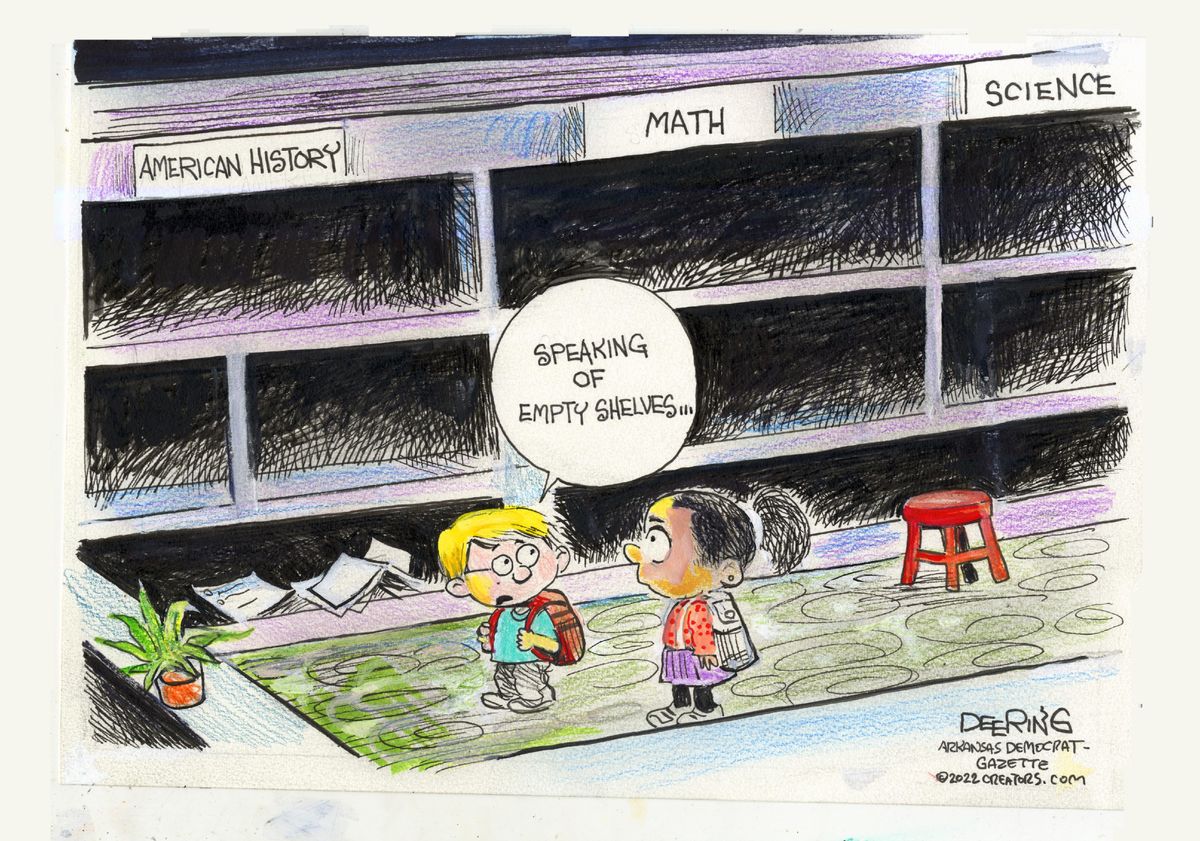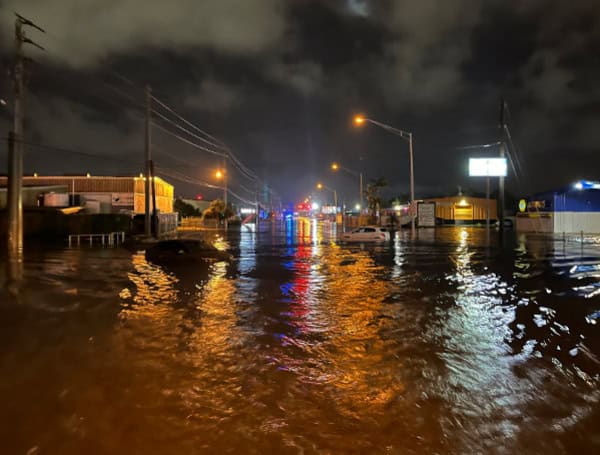Are Empty Shelves Inevitable? Anna Wong's Perspective

Table of Contents
The Impact of Geopolitical Instability on Supply Chains
Geopolitical instability significantly impacts global supply chains, often leading to shortages and empty shelves. International conflicts, trade wars, and political unrest disrupt the smooth flow of goods, creating bottlenecks and increasing costs. The ripple effect of these disruptions can be far-reaching, affecting various industries and economies.
- Examples of recent geopolitical events impacting supply chains: The war in Ukraine dramatically impacted energy and food supplies, with wheat and sunflower oil exports severely curtailed. Trade tensions between the US and China continue to disrupt technology supply chains, particularly in the semiconductor sector. Political instability in various regions can also lead to port closures and transportation delays.
- Specific industries significantly affected: The energy sector is highly vulnerable to geopolitical shifts, as seen with oil price volatility. The food industry faces disruptions due to factors like conflict and climate change. The technology sector relies heavily on global supply chains for components, making it particularly susceptible to geopolitical risks.
- Analysis of the ripple effect: A disruption in one part of the supply chain can trigger a cascade effect. For example, a shortage of semiconductor chips can impact the production of automobiles, electronic devices, and numerous other products, ultimately leading to empty shelves across various retail sectors.
"Geopolitical risks are a major driver of supply chain vulnerabilities," says Anna Wong. "Businesses must actively monitor these risks and develop strategies to mitigate their impact, including diversifying sourcing and building more resilient supply chains."
The Role of Consumer Behavior in Exacerbating Shortages
While geopolitical factors play a significant role, consumer behavior also contributes to shortages. Panic buying and hoarding can create artificial scarcity, even when supply chains are functioning relatively well. This behavior often exacerbates existing vulnerabilities, leading to empty shelves in the short term and contributing to instability in the long run.
- Examples of products frequently affected by panic buying: During the COVID-19 pandemic, toilet paper, hand sanitizer, and other hygiene products experienced significant shortages due to panic buying. Similar phenomena have been observed with other essential goods during times of uncertainty.
- Psychological factors driving panic buying behavior: Fear, uncertainty, and the desire to ensure personal security are key drivers of panic buying. Social media can amplify these behaviors, creating a self-fulfilling prophecy of shortages.
- Strategies for retailers to mitigate the impact of panic buying: Retailers can implement strategies such as purchase limits, improved inventory management, and clear communication to help manage consumer expectations and reduce the likelihood of panic buying.
"Understanding the psychology of consumer behavior during shortages is critical," explains Anna Wong. "Retailers and policymakers need to work together to develop strategies that address both supply chain vulnerabilities and the behavioral aspects that exacerbate them."
Building More Resilient Supply Chains
Building more resilient supply chains is paramount to preventing future shortages and mitigating the risk of empty shelves. This requires a multi-faceted approach, incorporating technological advancements, strategic partnerships, and sustainable practices.
- Diversification of sourcing and manufacturing: Reducing reliance on single-source suppliers can significantly enhance supply chain resilience. Businesses should explore alternative sourcing options and diversify their manufacturing locations to minimize the impact of localized disruptions.
- Investing in advanced technologies: AI, blockchain, and other advanced technologies can improve supply chain visibility, track inventory more accurately, and optimize logistics, thus minimizing disruptions and preventing empty shelves.
- Strengthening relationships with suppliers and fostering collaboration: Stronger relationships with suppliers foster better communication and collaboration, leading to improved responsiveness and risk mitigation.
- Government policies to support supply chain resilience: Governments can play a significant role in supporting supply chain resilience through investment in infrastructure, trade facilitation, and policies that encourage diversification.
The Importance of Sustainable Practices in Supply Chain Resilience
Sustainable and ethical sourcing is not just a matter of corporate social responsibility; it's crucial for long-term supply chain resilience. Sustainable practices enhance the stability and predictability of supply chains.
- Reducing reliance on single-source suppliers: Sustainable sourcing often involves diversifying supplier relationships, reducing reliance on single sources and strengthening the overall resilience of the supply chain.
- Implementing environmentally friendly practices to reduce supply chain disruptions due to climate change: Climate change is a growing threat to supply chains, causing extreme weather events that disrupt transportation and production. Sustainable practices can help mitigate this risk.
- Promoting fair labor practices: Fair labor practices ensure a stable workforce and contribute to a more predictable and resilient supply chain.
"Sustainability and resilience are inextricably linked," states Anna Wong. "Businesses that prioritize sustainable practices are better positioned to weather disruptions and build more resilient, long-term supply chains."
Are Empty Shelves a Permanent Fixture? A Call to Action
Anna Wong's insights highlight the complex interplay of geopolitical instability, consumer behavior, and technological advancements in shaping supply chain resilience. Addressing these factors is crucial for preventing future shortages. The importance of diversifying sourcing, investing in technology, strengthening supplier relationships, and embracing sustainable practices cannot be overstated.
Understanding the factors contributing to empty shelves is crucial. By supporting businesses committed to supply chain resilience, we can work together to prevent future shortages. The future of our shelves, and our economic stability, depends on a collective commitment to building more resilient supply chains. Let's work together to avoid the inevitability of empty shelves and build a more secure and stable supply chain for the future.

Featured Posts
-
 Anchor Brewing Companys Closure Whats Next For San Francisco Beer
Apr 26, 2025
Anchor Brewing Companys Closure Whats Next For San Francisco Beer
Apr 26, 2025 -
 Het Raadsel Van Het Zoete Nederlandse Broodje
Apr 26, 2025
Het Raadsel Van Het Zoete Nederlandse Broodje
Apr 26, 2025 -
 Analyzing The Full Trailer For Mission Impossible Dead Reckoning Part Two
Apr 26, 2025
Analyzing The Full Trailer For Mission Impossible Dead Reckoning Part Two
Apr 26, 2025 -
 Escape Disney 7 Must Try Orlando Restaurants In 2025
Apr 26, 2025
Escape Disney 7 Must Try Orlando Restaurants In 2025
Apr 26, 2025 -
 Landlord Price Gouging In La Following Devastating Fires Celebrity Weighs In
Apr 26, 2025
Landlord Price Gouging In La Following Devastating Fires Celebrity Weighs In
Apr 26, 2025
Latest Posts
-
 Dijon Vs Psg Le Match Decisif De L Arkema Premiere Ligue
May 09, 2025
Dijon Vs Psg Le Match Decisif De L Arkema Premiere Ligue
May 09, 2025 -
 Arkema Premiere Ligue Victoire Du Psg Face A Dijon
May 09, 2025
Arkema Premiere Ligue Victoire Du Psg Face A Dijon
May 09, 2025 -
 Psg Brise La Serie De Dijon En Arkema Premiere Ligue
May 09, 2025
Psg Brise La Serie De Dijon En Arkema Premiere Ligue
May 09, 2025 -
 Cheveux Longs A Dijon Offrez Les Pour La Bonne Cause
May 09, 2025
Cheveux Longs A Dijon Offrez Les Pour La Bonne Cause
May 09, 2025 -
 Arkema Premiere Ligue Paris Saint Germain Met Fin A La Serie De Dijon
May 09, 2025
Arkema Premiere Ligue Paris Saint Germain Met Fin A La Serie De Dijon
May 09, 2025
